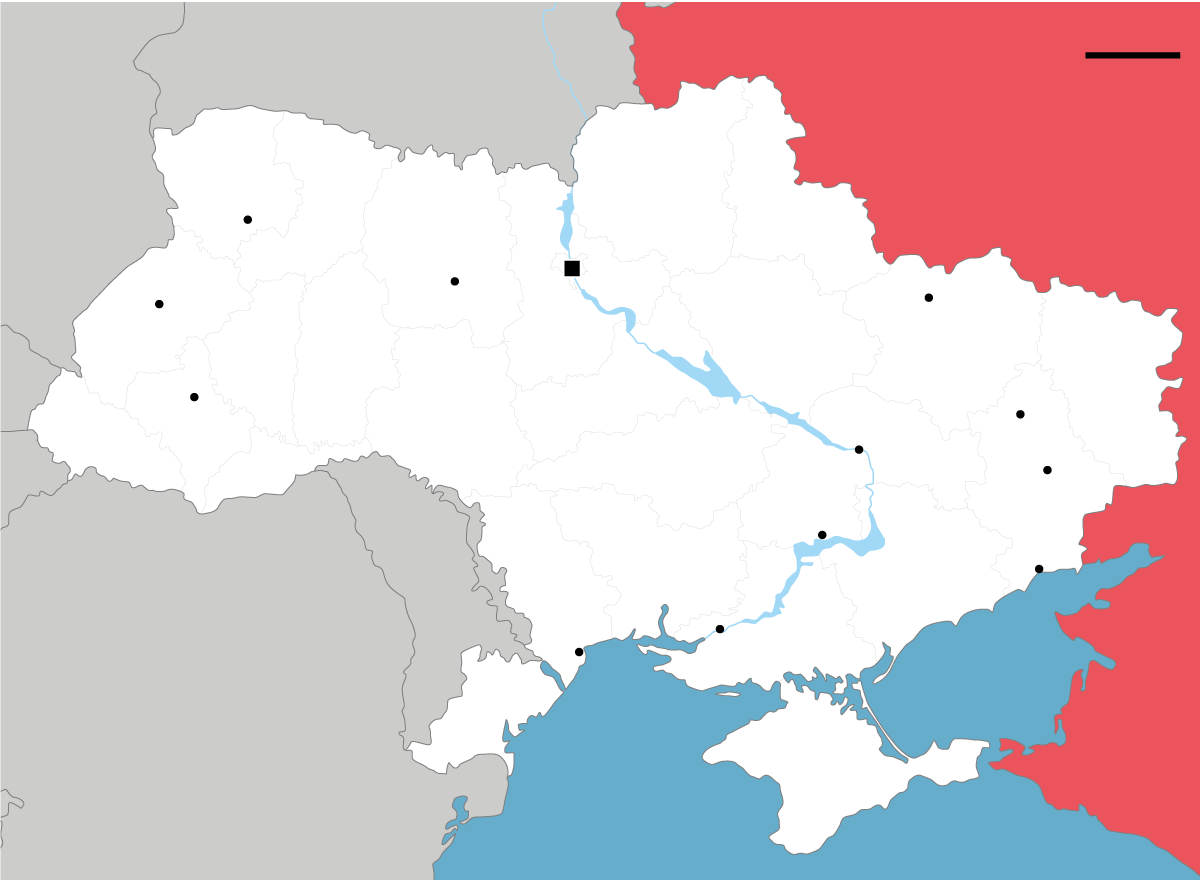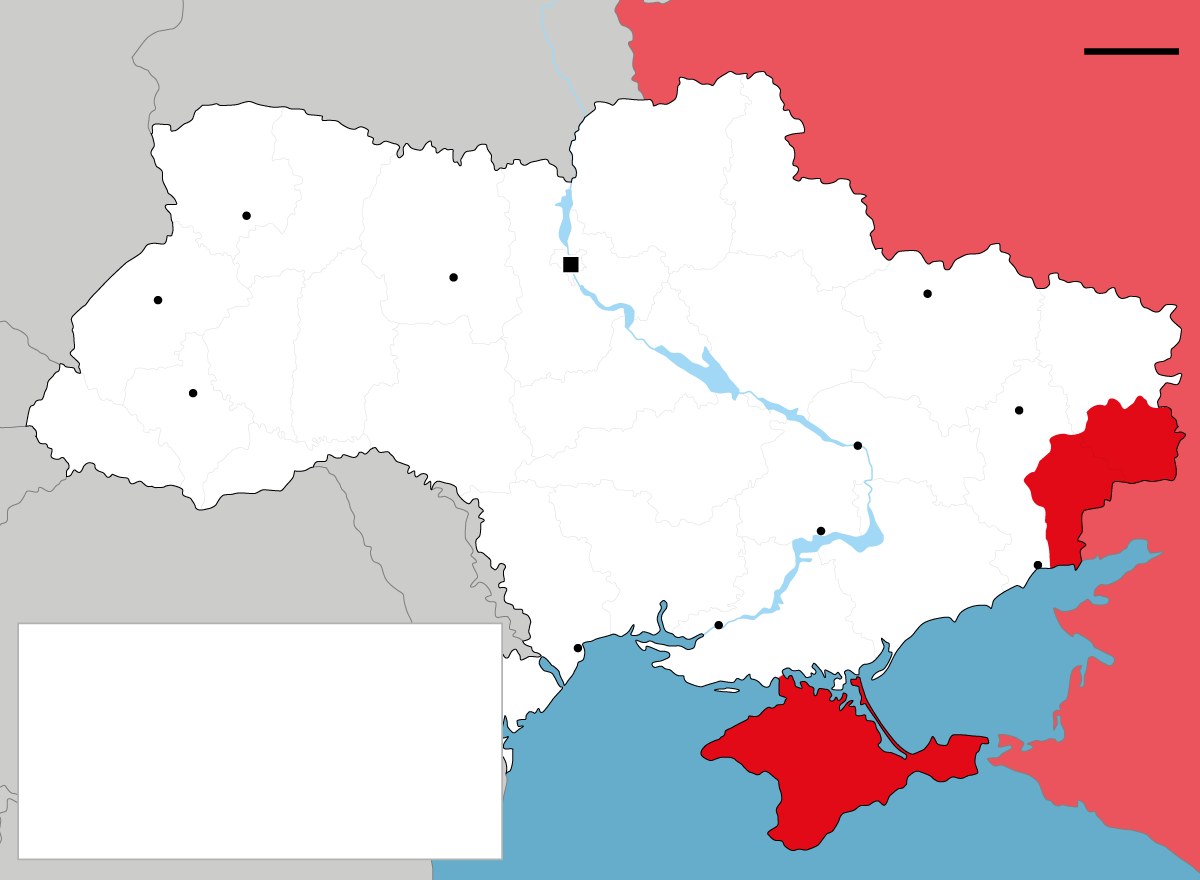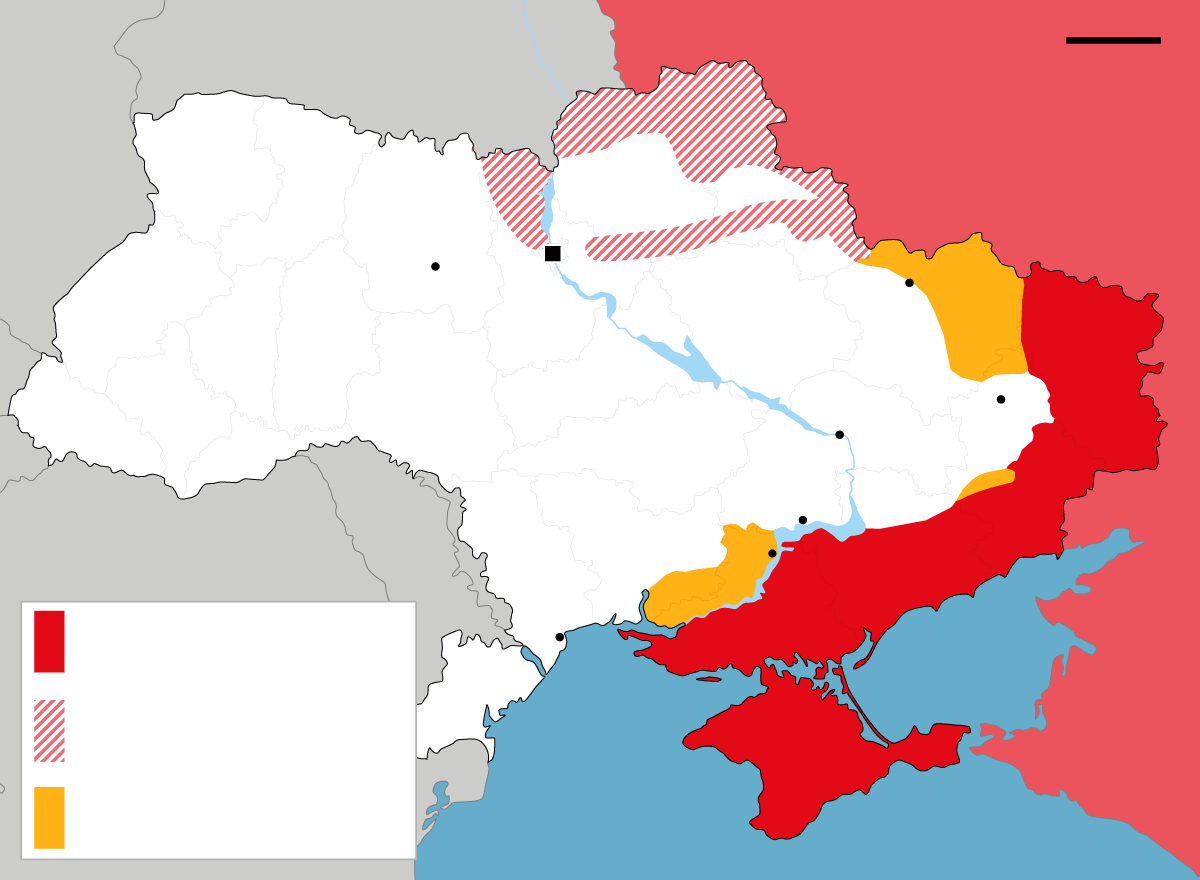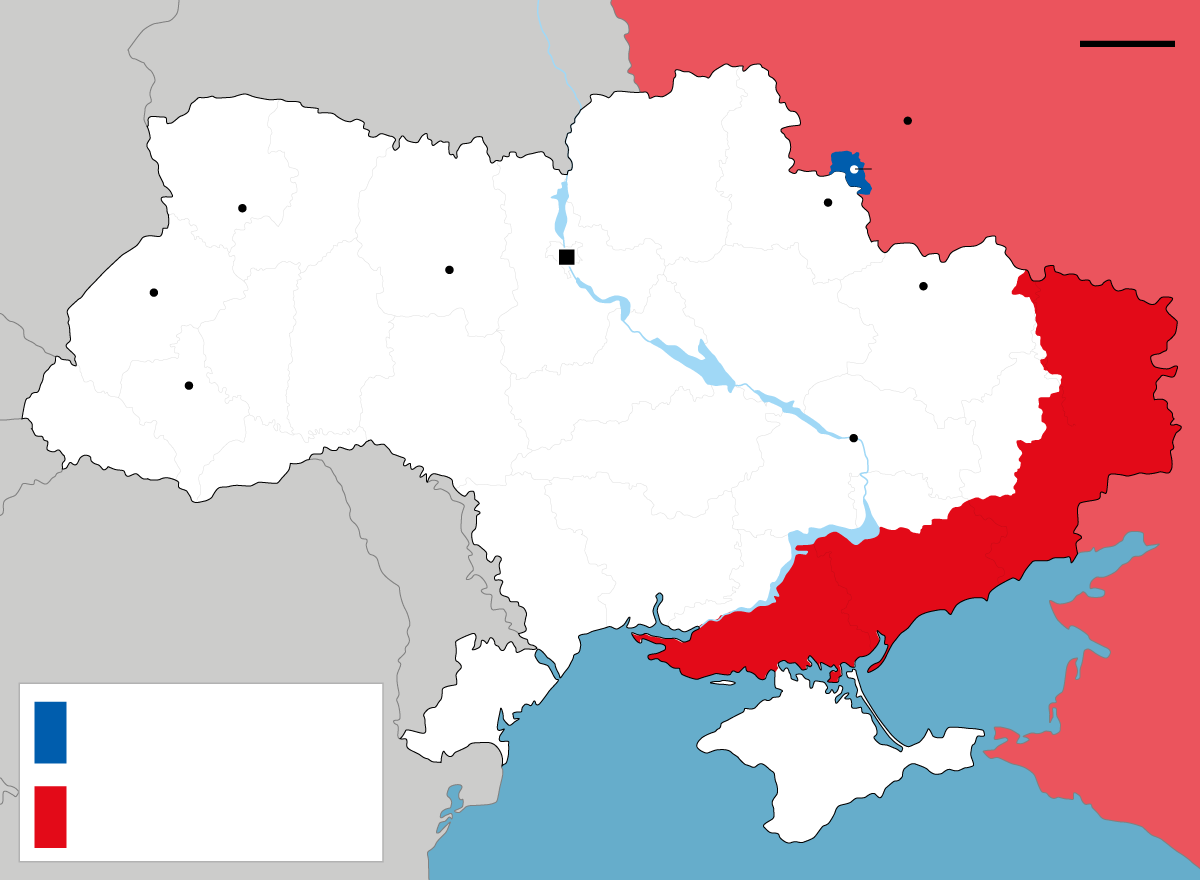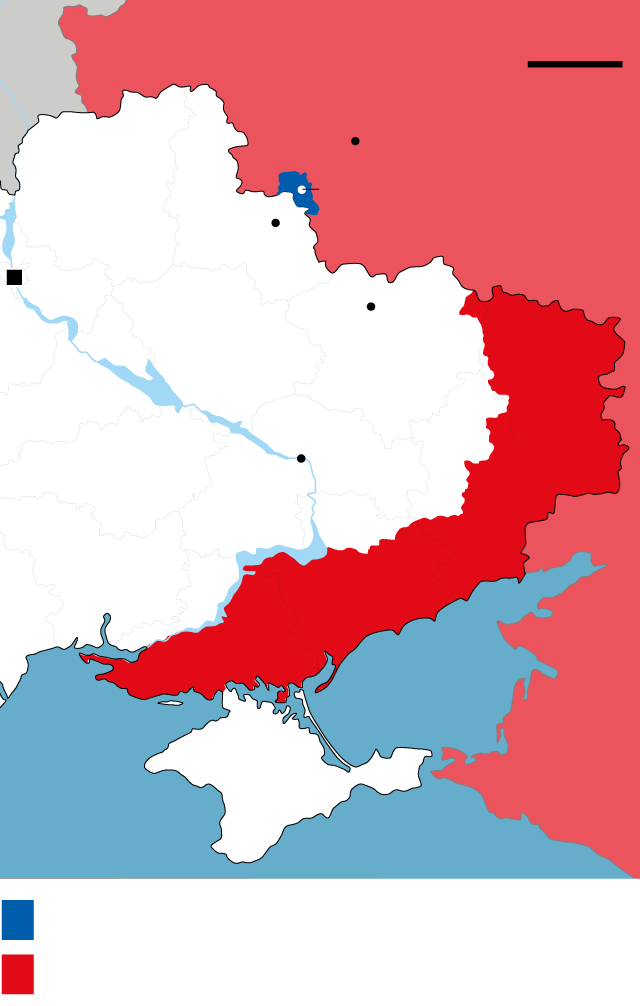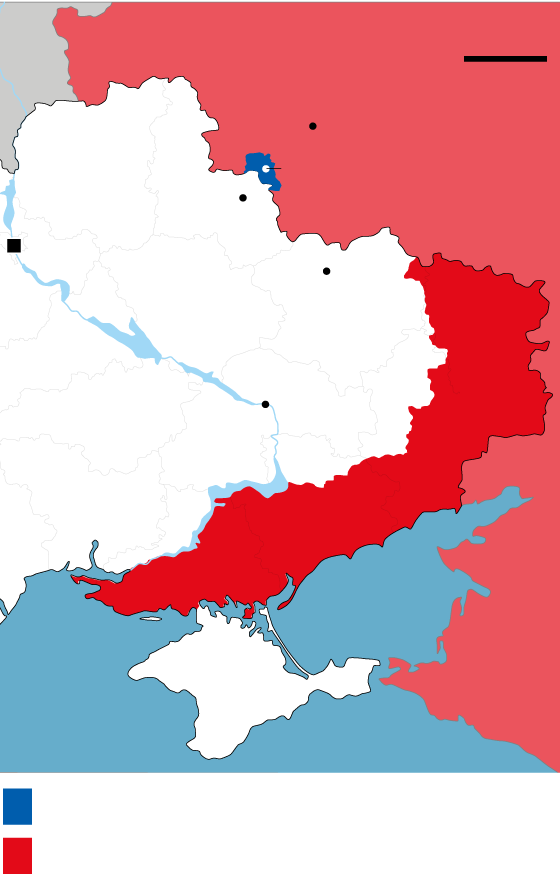Ukraine's borders at stake in negotiations
Maps of the conflict with Russia offer clues about concessions the United States could make to Putin


BarcelonaJust before the President of the United States, Donald Trump and Russian President Vladimir Putin agreed to begin negotiations "immediately" On Ukraine, US Defense Secretary Pete Hegseth warned Ukrainian President Volodymyr Zelensky that he cannot expect to return to “pre-2014 borders.” The Trump White House is clear that peace talks will involve a cession of Ukrainian territory to Russia, but what is not so obvious is what “not returning to pre-2014 borders” means. For Zelensky, it could mean giving up only Crimea, or Crimea and the areas of Donbas that unilaterally declared independence in 2014. Or in the worst-case scenario – what Putin seeks – it could mean losing all the territory currently occupied by Russia. What borders would be drawn then?
November 2013
Pre-2014 borders
What are the pre-2014 borders to which we cannot return, according to Hegseth? To understand the current conflict, we must go back to November 2013, when the popular uprising known as Euromaidan broke out in Ukraine, toppling the government of pro-Russian Viktor Yanukovych. The protest was triggered by Yanukovych's refusal to sign an association agreement with the European Union and his refusal to release the imprisoned former prime minister Yulia Tymoshenko, whom he had led in 2004. The Orange Revolution. Yanukovych ended up fleeing in February 2014. and a pro-European government was established.
March 2014
Annexation of Crimea and independence of Donbas
Vladimir Putin's response to the Euromaidan uprising and Yanukovych's escape was the unilateral annexation of the Crimean peninsula. He did so with a referendum on 1 March 2014 that was not recognised by either Ukraine or the West. At the same time, pro-Russian rebel groups took up arms in the Donbas and unilaterally declared the independence of the predominantly Russian-speaking republics of Donetsk and Luhansk, with the support of Moscow. The civil war in this region was frozen by a ceasefire in February 2015, with the signing of the Minsk II Agreements.
February-November 2022
The Russian invasion was intended to occupy all of Ukraine
On February 24, 2022, the Russian army launched a large-scale offensive on Ukraine: from Russia in the east, from Belarus in the north, and from Crimea in the south. Although it failed to gain control of the capital (and therefore the entire country) within a few days, by the end of March the Russian army occupied a large part of the north, south, and east of the country. At the moment of maximum expansion, Russian troops remained at the gates of Kiev and Kharkiv, and even advanced somewhat further north of Kherson. However, between April and November 2022, the Ukrainian army pushed them back. Ukraine regained the entire north. and a part of Kherson province, in the south.
February 2025
Russia occupies a fifth of Ukraine
With just over a week to go before the third anniversary of the war in Ukraine, the military front has been virtually frozen for some time. Russia has almost completely occupied the eastern regions of Donetsk and Luhansk, as well as a large part of two southern regions, Zaporizhia and Kherson. All four have been declared Russian with referendums not recognised by the international community. If Ukraine were to give up the territories currently occupied by Russia, it would be left without access to the Sea of Azov and would lose a fifth of its territory – an area equivalent to the whole of Greece. At the same time, Kiev has occupied a small part of the Kursk province which it wants to use for negotiations.
